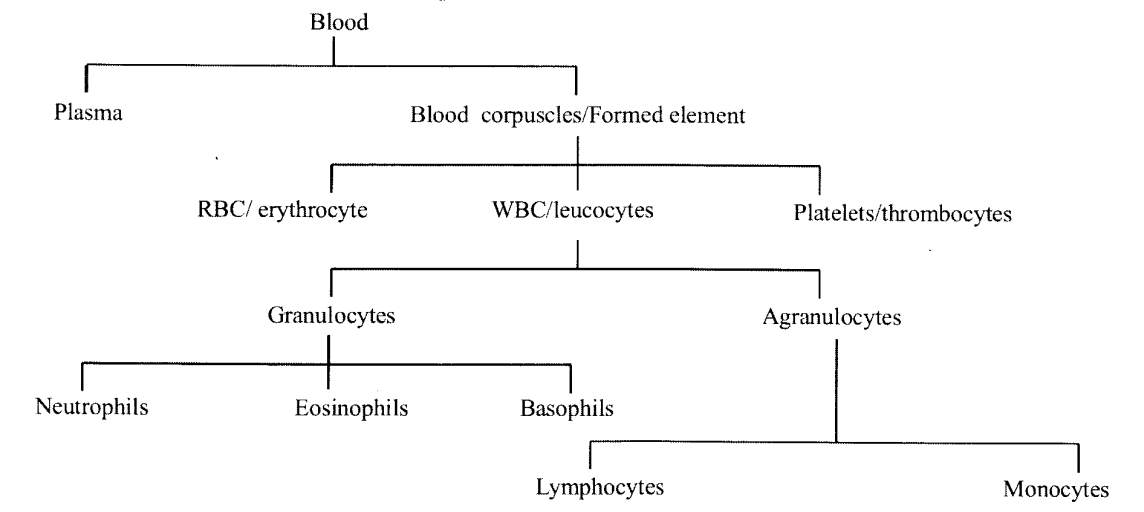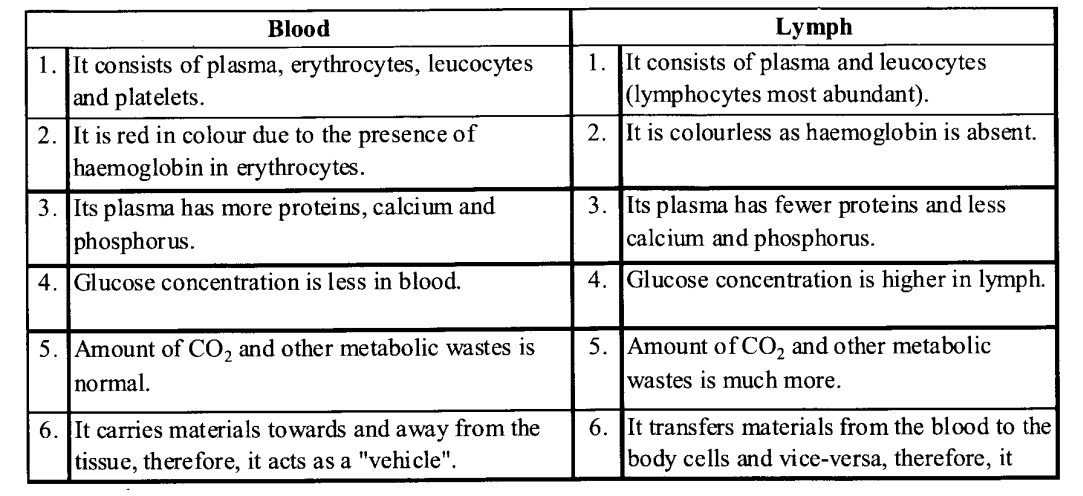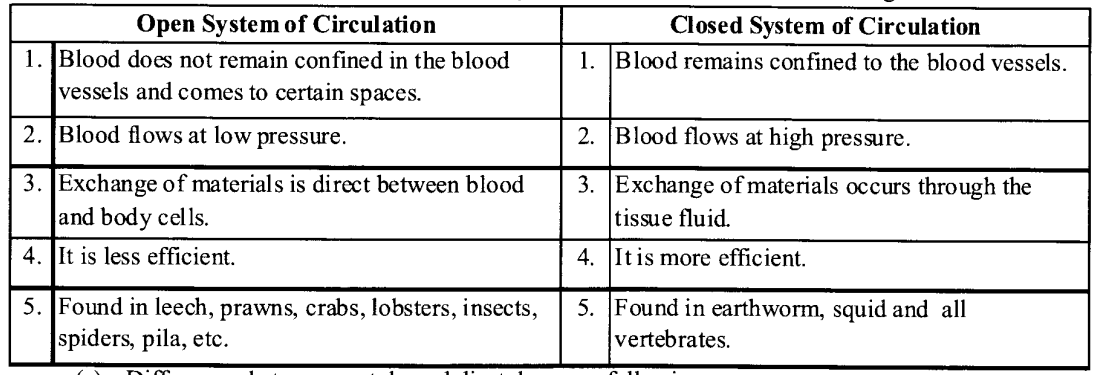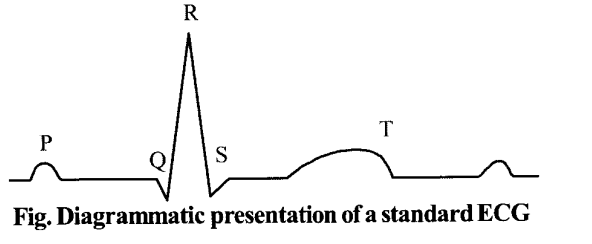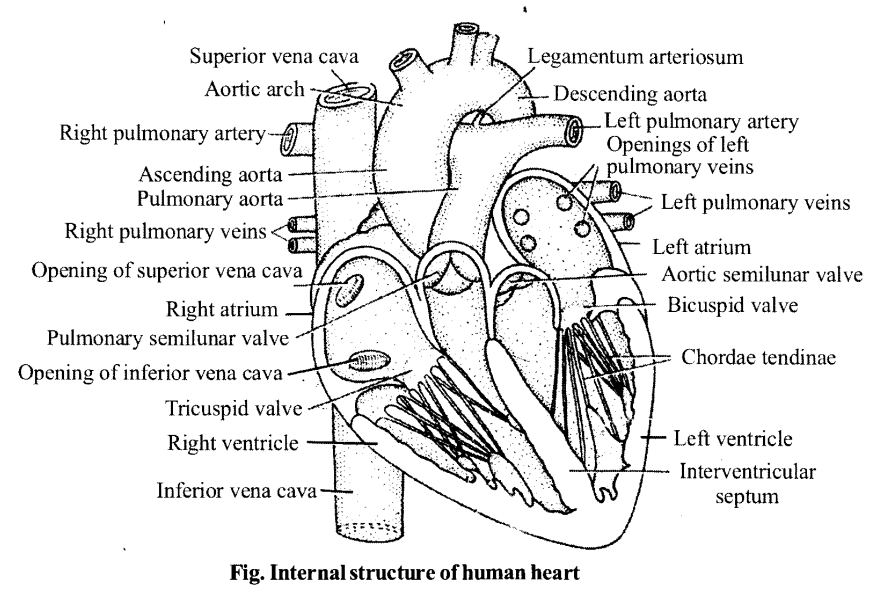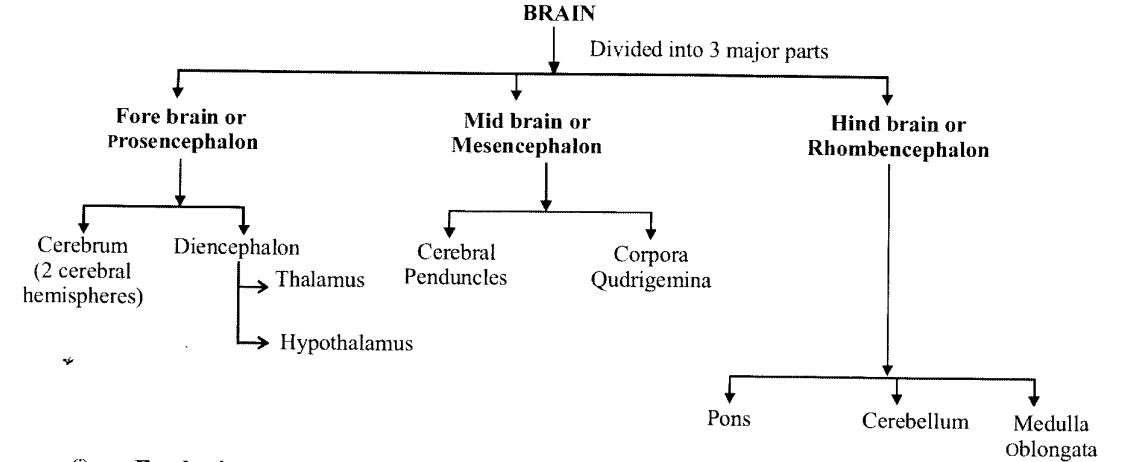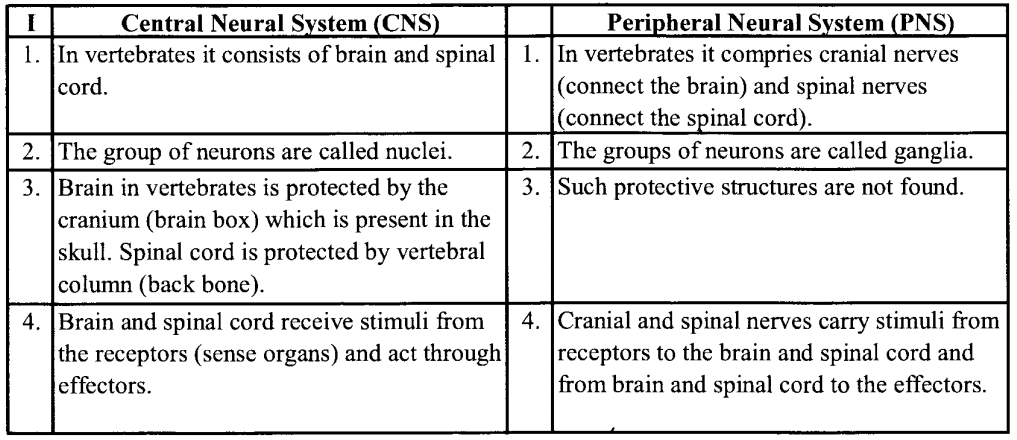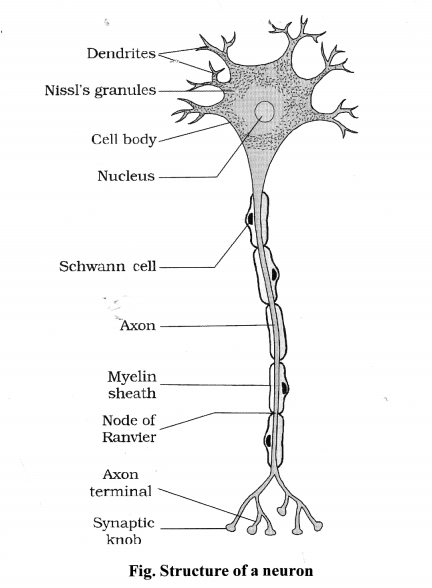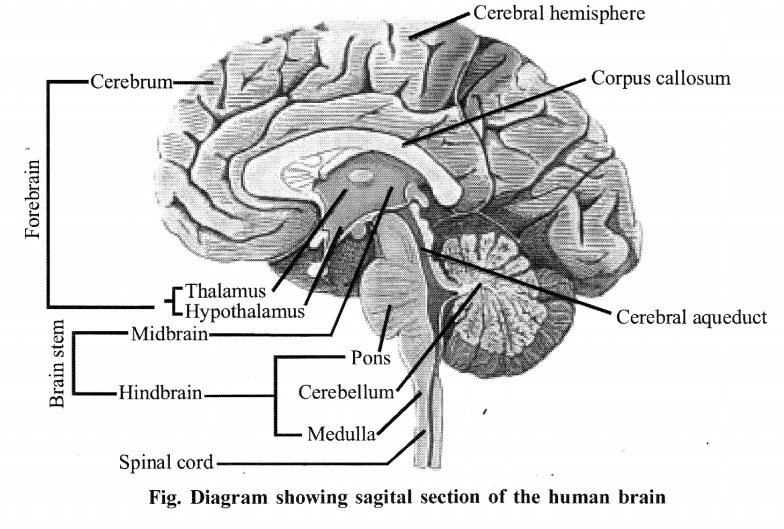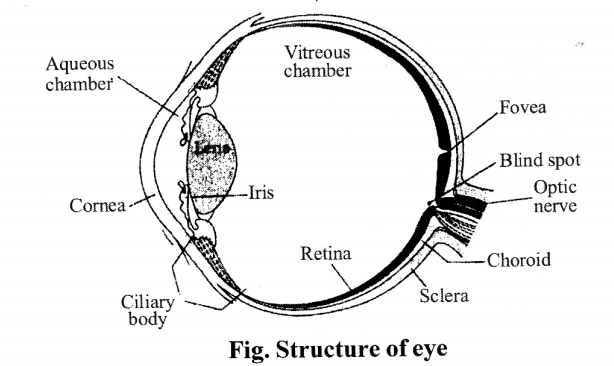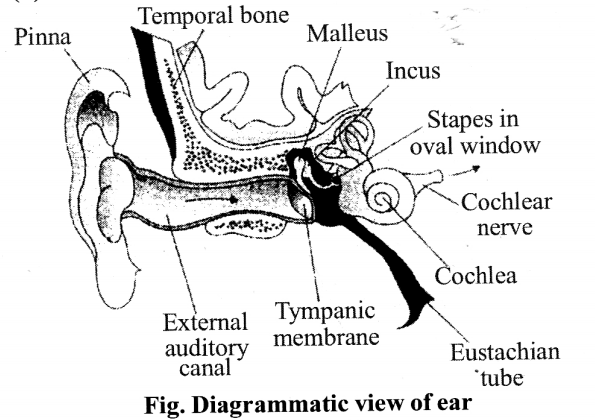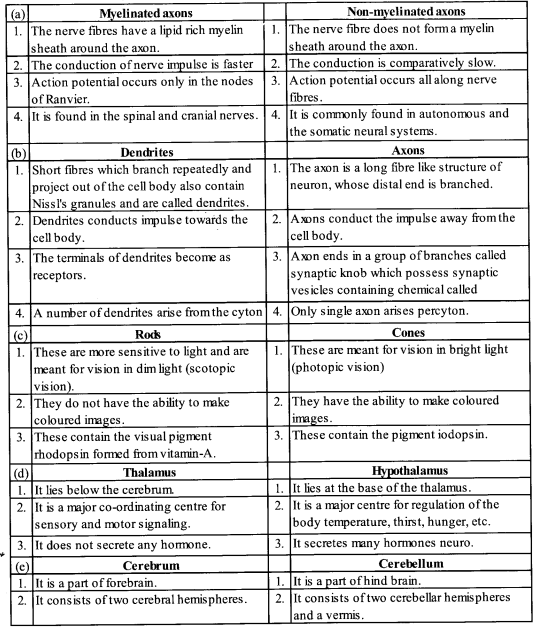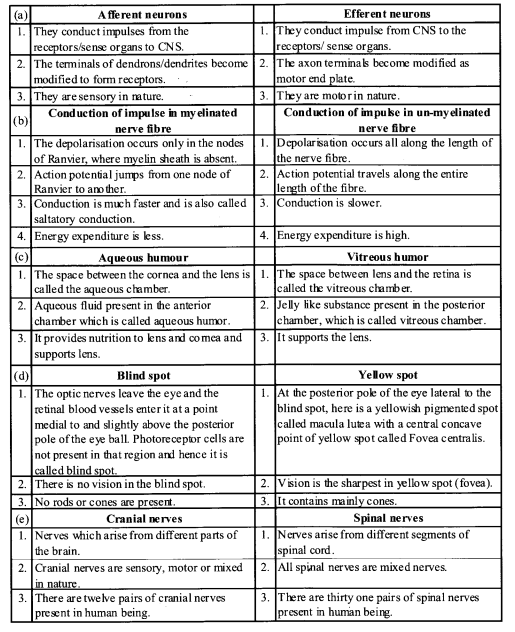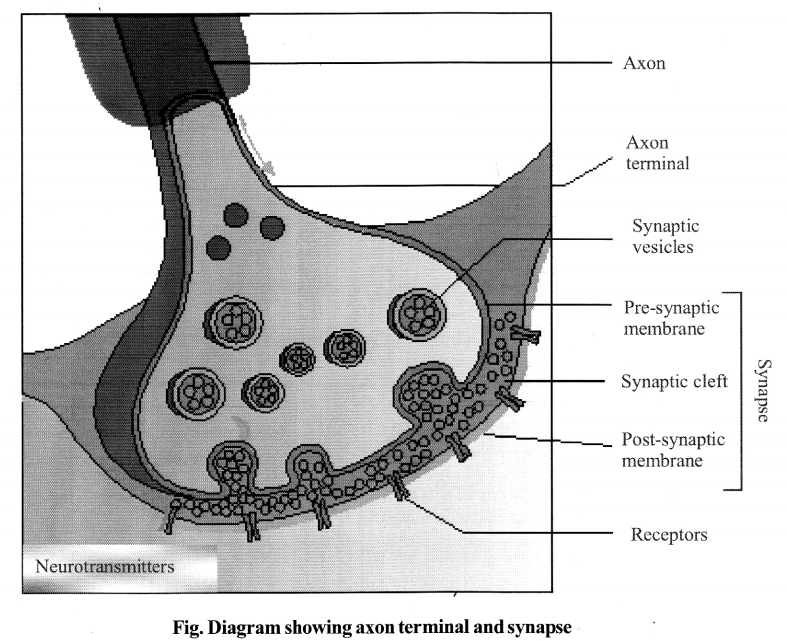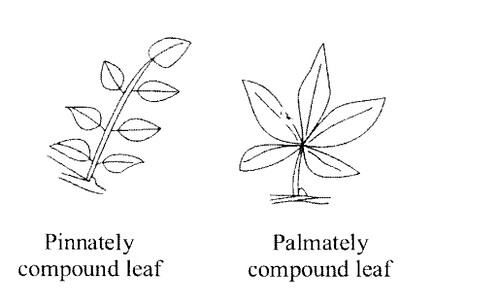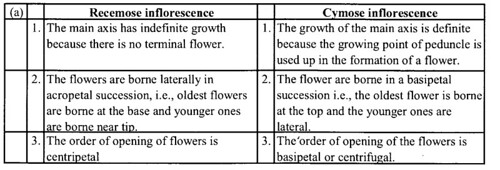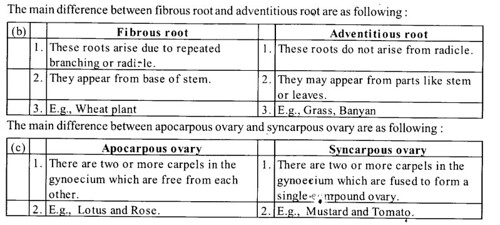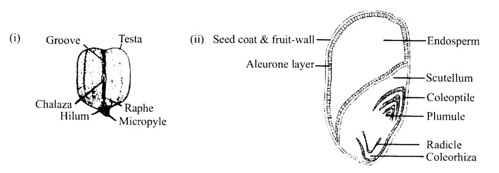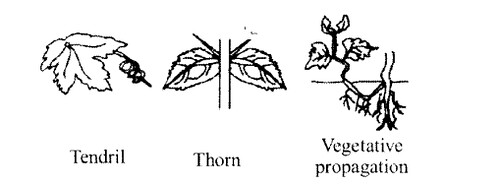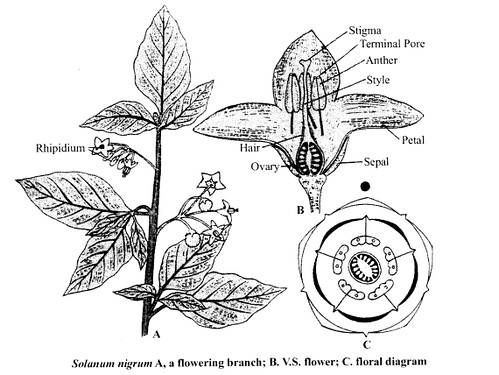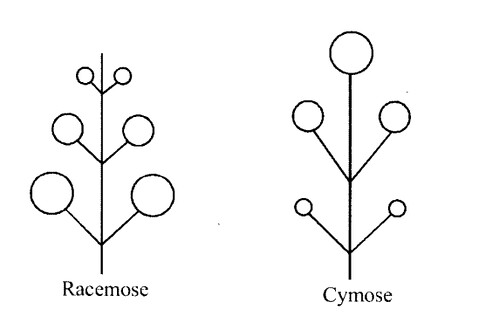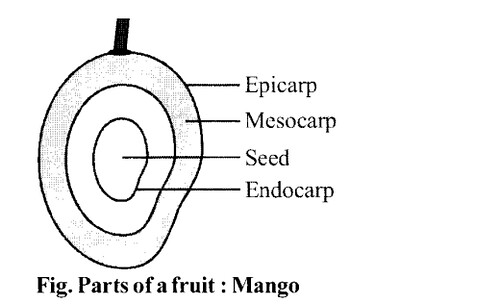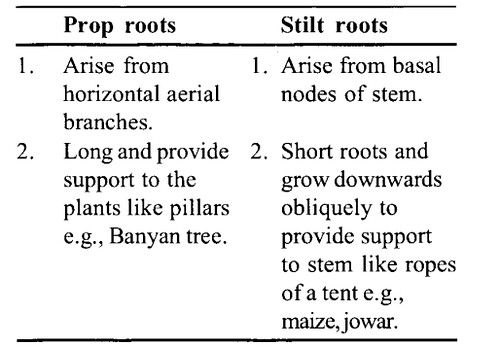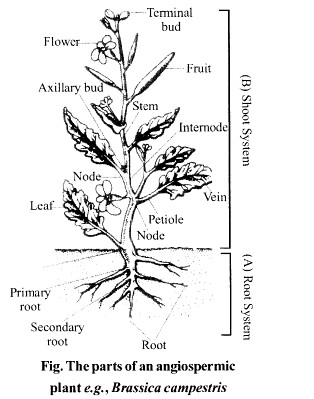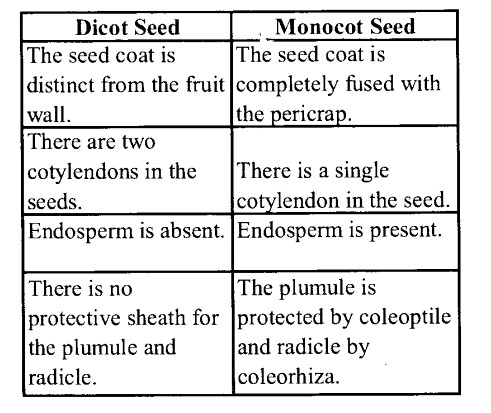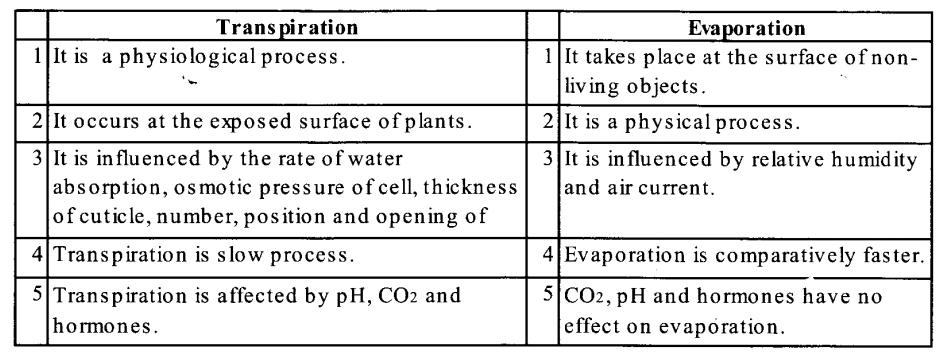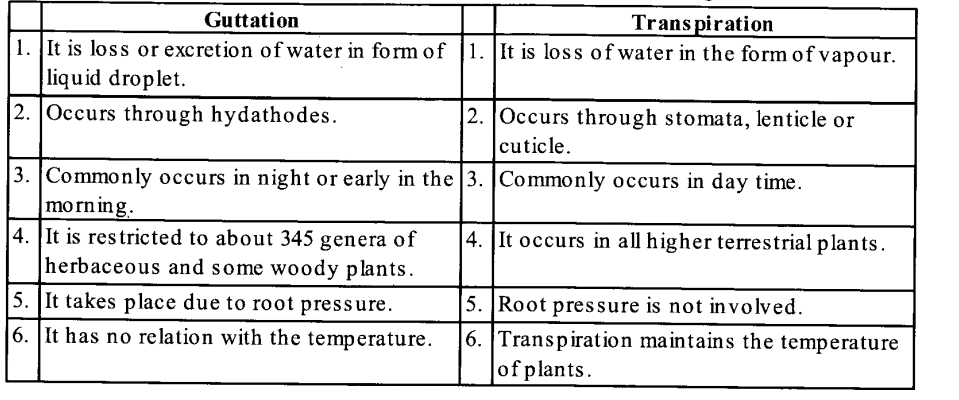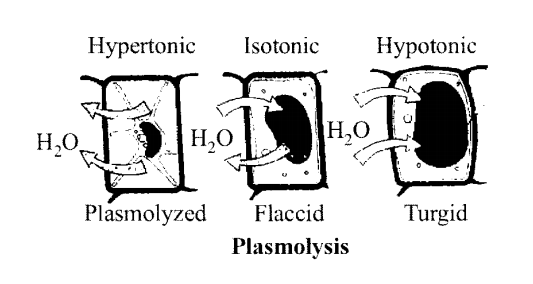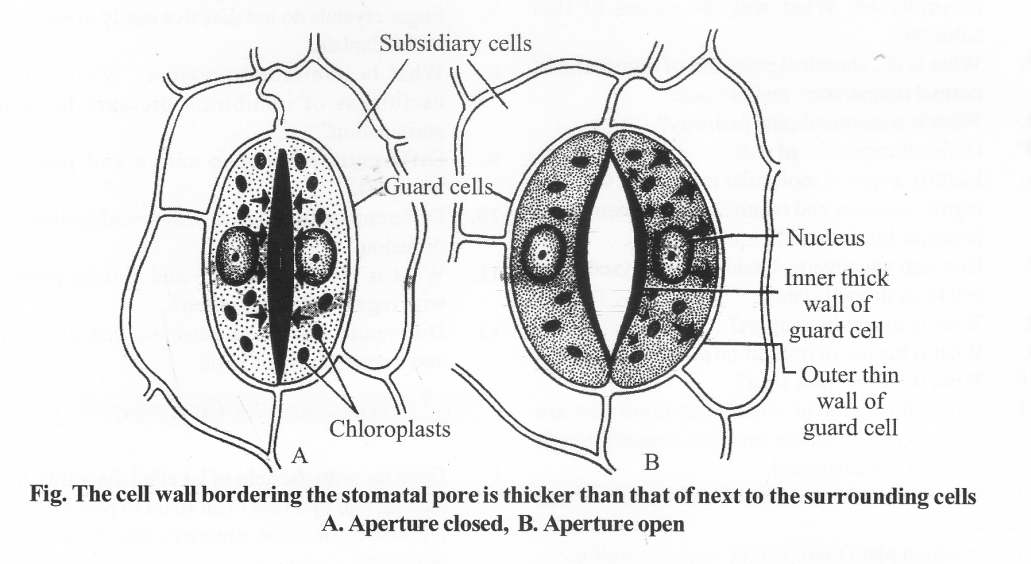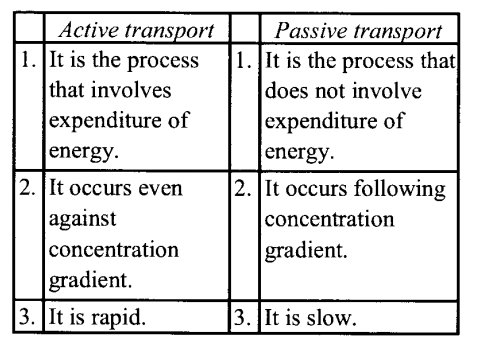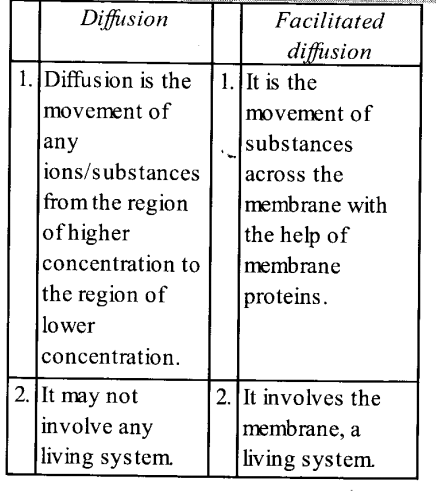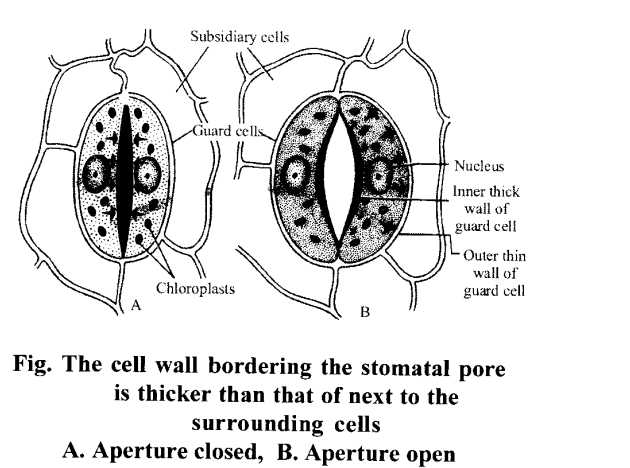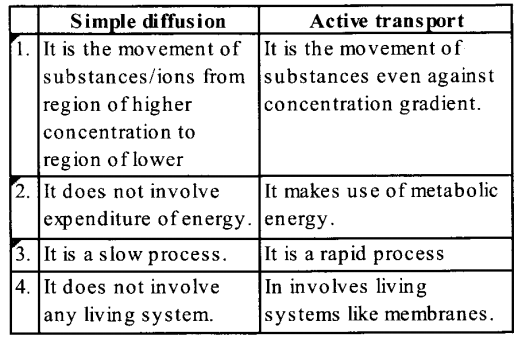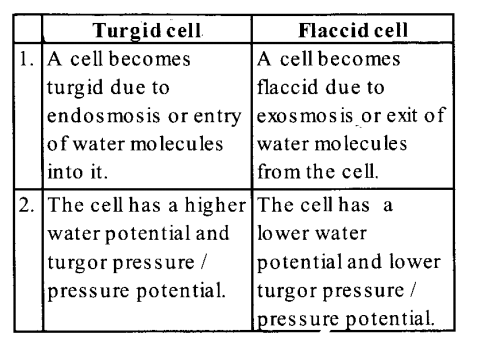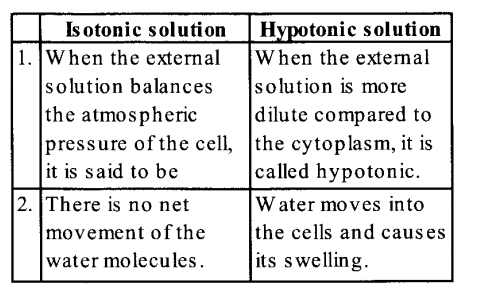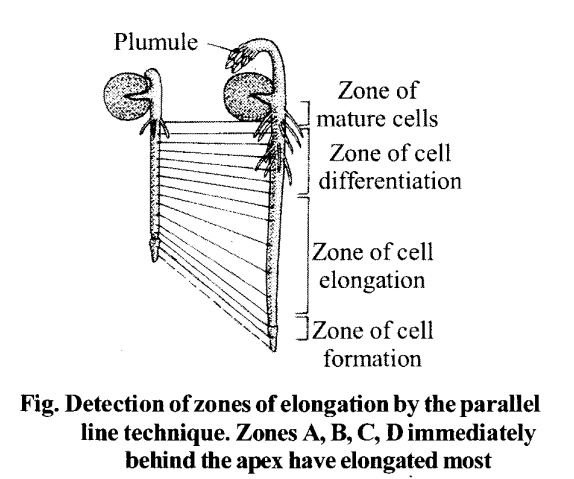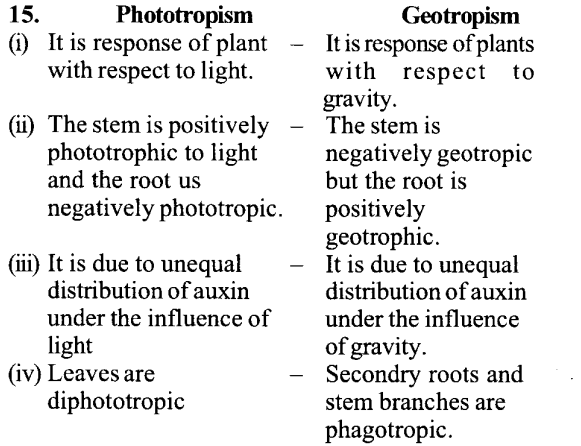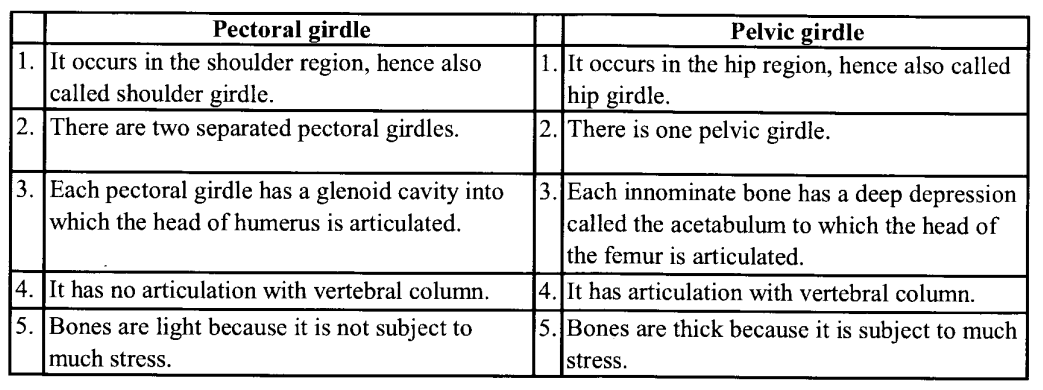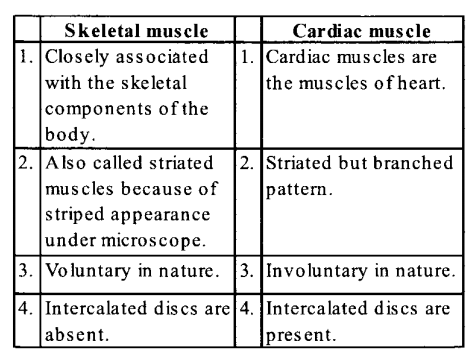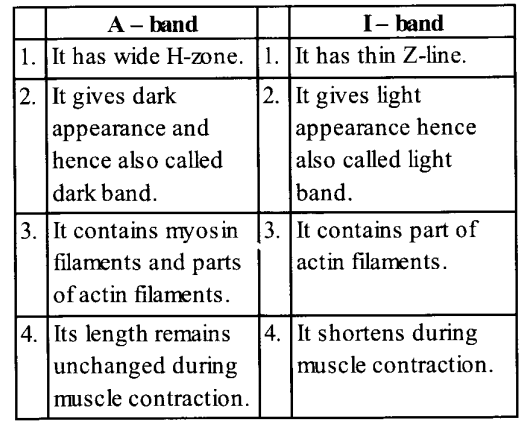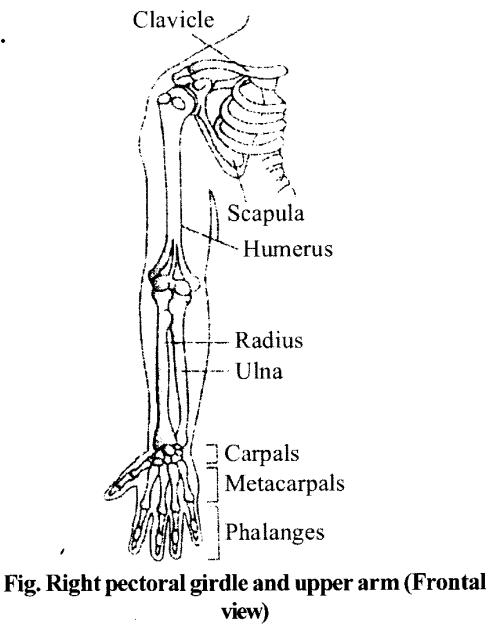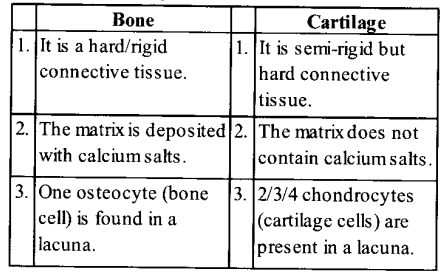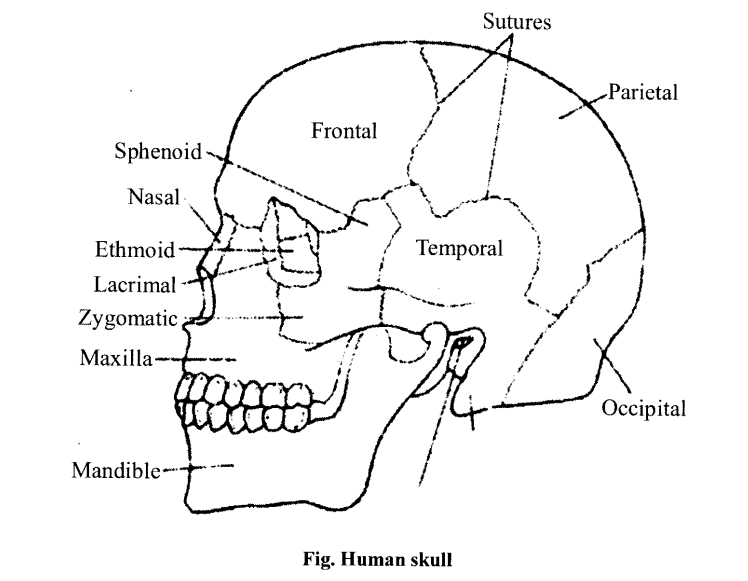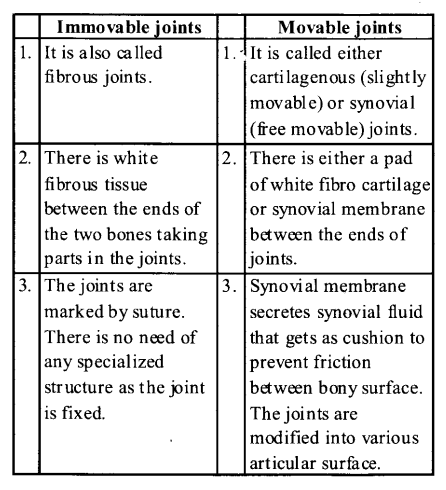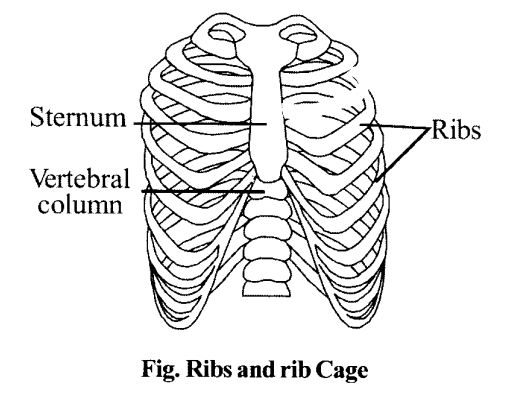Here we are providing NCERT Solutions for Class 11 English Hornbill Poem 5 Father to Son. Students can get Class 11 English Father to Son NCERT Solutions, Questions and Answers designed by subject expert teachers.
Father to Son NCERT Solutions for Class 11 English Hornbill Poem 5
Father to Son NCERT Text Book Questions and Answers
Father to Son Think it out
Question 1.
Does the poem talk of an exclusively personal experience or is it fairly universal?
Answer:
‘Generation gap’, as termed now, is a fairly universal phenomenon. Children in their effort to keep abreast with changing values lose track of their roots. They find the values, they inherit from their parents, overbearing. Parents are protective and try to guard them from making mistakes. This leads to a clash of ideologies.
Question 2.
How is the father’s helplessness brought out in the poem?
Answer:
This poem is a lament of the father because the chasm between his son and him has grown over the years. He recalls moments of his son as a child and laments how he has become a stranger to him. Their preferences and ideologies have alienated them. He wishes to rebuild their relationship and start afresh.
Question 3.
Identify the phrases and lines that indicate distance between father and son.
Answer:
- I do not understand this child
- I know Nothing of him,
- Yet have I killed
The seed I spent or sown it where
The land is his and none of mine? - We speak like strangers, there’s no sign
Of understanding in the air. - Yet what he loves I cannot share.
Silence surrounds us. - He speaks: I cannot understand
- We each put out an empty hand
Question 4.
Does the poem have a consistent rhyme scheme?
Answer:
Yes the poem does have a consistent rhyme scheme. The rhyme scheme is ABBABA.
